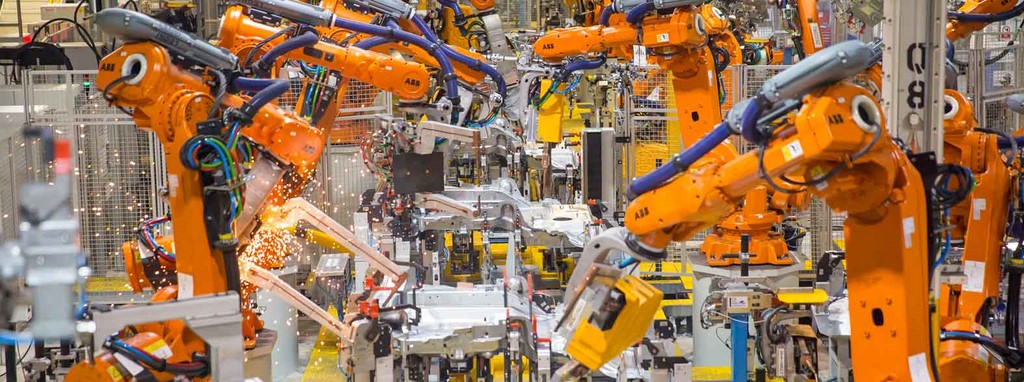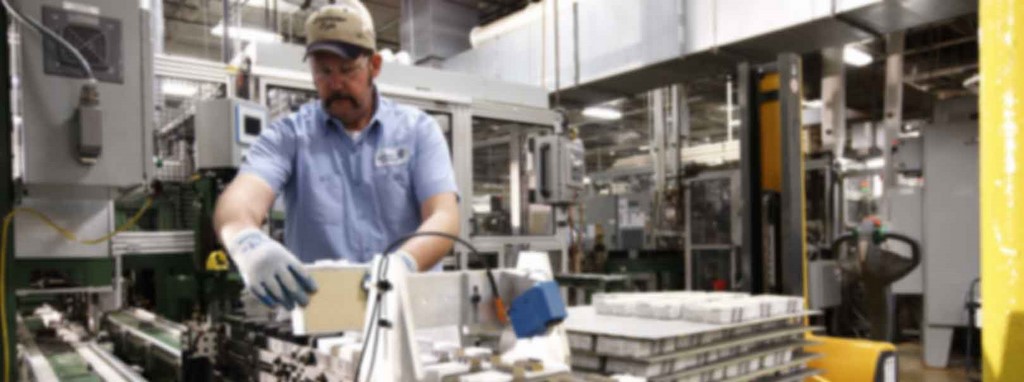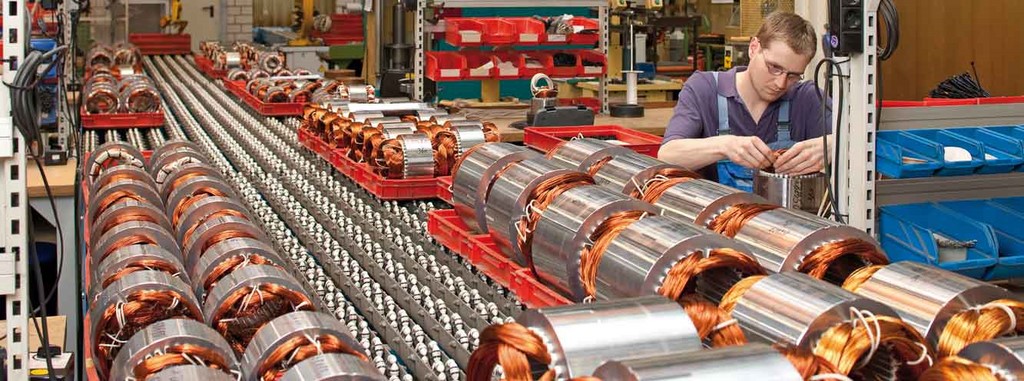Factory Management System
Manufacture addresses your need for accurate and timely information about product and process quality, insight into manufacturing operations, and performance of manufacturing assets. It solves the complex problem of connecting fragmented disconnected shop floor data to the business context of your back office systems. This combination delivers real-time monitoring and analysis of shop floor operations ،it also provides you with a unique opportunity to deliver quality, flexibility and efficiency, linked to a lean and demand-driven supply chain, and through that, new opportunities to differentiate from the competition. Challenge you typically need to solve:-
- The drive for higher returns on invested capital means that more must be done with less equipment, yet there is no tolerance for unplanned downtime
- Manufacturing may now be global, yet manufacturing systems are often locally developed, supported and maintained, and not standardized across the enterprise.
Comprehensive and integrated manufacturing planning and scheduling
The Planning Forecasting
- Determine the best schedule through interactive simulation
- Maximize throughput and increase resource utilization
- Minimizing unnecessary setup time
- Improve shop floor performance If your production floor has been given an un-executable schedule, much time is spent expediting around shortages and resource constraints. This typically leads to inconsistent lead times and excess work in process inventory.
Monitor Production Processes and Equipment Performance
The Recipe:-
- Plan and schedule to realistic equipment capacity, the formula, the process rout and adjust operations in real-time
- Monitor production volumes and throughput from anywhere in the enterprise. It is possible to keep track of targets for the shift, day, week or month and monitor production backlog for each piece of equipment to expose bottleneck resources. This provides the right information to take action and increase production throughput.
- Collects production execution data and relates it to plans and schedules in ERP and back office systems. Depending on how to determine service levels, tracking on-time completions or production against customer order shipment dates is most common choice. By providing consistent information to both manufacturing operations and customer facing organizations such as Sales and Marketing, improvement overall service levels are enabled.
Improve Manufacturing Service Levels
WIP_ Work IN Process (The Batch) :-
- Collects production execution data and relates it to plans and schedules in ERP and back office systems. Depending on how to determine service levels, tracking on-time completions or production against customer order shipment dates is most common choice. By providing consistent information to both manufacturing operations and customer facing organizations such as Sales and Marketing, improvement overall service levels are enabled.
Increase Profits by Capturing Precise Product Costs
The Costing:-
- Accurate cost information plays an essential role in helping process manufacturers evaluate production processes and formulate sound pricing strategies.
- To calculate actual product unit cost, capture :
- Actual batch costs (from ingredient costs)
- Actual reported batch resource and burden costs
- Actual allocated overhead expenses
- Co-product costs based on designated allocation percentages or based on actual quantities produced
- Optimize Margins with Multiple Cost Methods Perform Detailed Cost Analyses
Quality-Controlled Batch Processing
The Quality Control
- Gives a quality-based view of your materials on RUN Manufacture hand before you begin production, improving your ability in making formula-to formula or batch-to-batch changes to satisfy customer specifications and quality control tests.
- Standardized Inspection Methodologies
- Flexible Specifications Management
- Detailed Sample Tracking and Analysis
Advantages
- Integrated With the production control system, the warehouse control system and the general accounts system.
- The system enables the definition of multi-level production lines and linking them to cost centers in the general accounts system, as well as linking them to the warehouse monitoring system.
- The system allows the identification of machines as well as the definition of manufacturing processes.
- The possibility of defining several types of daily production documents.
- The possibility of defining a number of roses.
- The possibility of introducing groups of expenses for a specific production line and expenses for a specific production process, defining the expenses for a particular machine or machine, and the possibility of defining a set of expenses for a production document
- The possibility of bringing the indirect expenses of different production lines from the general accounts system
- Of non-productive cost centers on production cost centers (production lines) (working hours) (machine hours).
- The possibility of choosing one of the appropriate criteria for using it in the distribution of indirect expenses of different lines of production on the final products produced by the production lines mentioned.
- Quick query on the status of each production order, its operating orders to clarify the quantities required and quantities produced.
- Quality control when receiving daily production
- Sorting and classification of products according to the specific sorting types in the production department
- The work of the serial number (operating number) for each piece produced by each category
- Production planning and development of different scenarios for each plan and measurement of deviations from actual production and production pla








